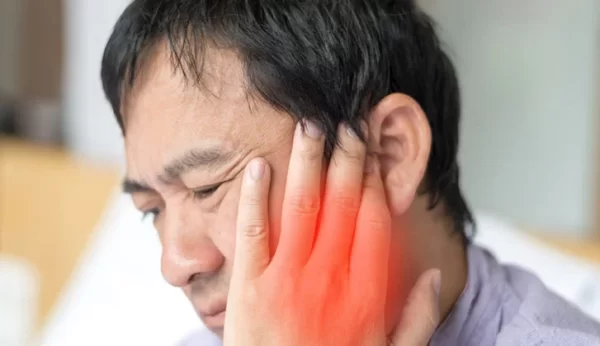If you suffer from temporomandibular joint (TMJ) disorder, you know how debilitating and uncomfortable the condition can be. TMJ disorder is a condition that affects the joints that connect your lower jaw to your skull. The disorder can cause many symptoms, including pain, clicking and popping sounds, stiffness, difficulty chewing, and limited jaw movement. Fortunately, several effective treatments can provide immediate relief. Talk to the TMJ Treatment Jasper specialist to determine the most effective treatment for your symptoms. If you are suffering from TMJ, then be sure to give some of these five treatments a try.
Are There Some TMJ Treatments More Effective Than Others?
When it comes to treating TMJ disorder, there is no one-size-fits-all solution. Doctors will often recommend a combination of treatments, depending on the individual and the severity of their symptoms.
Some treatments, such as surgery, are only recommended if the disorder is severe or other treatments have failed to provide relief. The following five treatments are the most effective for relieving TMJ symptoms.
- Massage Therapy
Massage therapy can help to relieve tension and reduce muscle tightness, which can help to alleviate the pain and discomfort associated with TMJ disorder. A trained massage therapist can identify tension points in the jaw area and provide targeted massage for relief. This treatment should be combined with other methods for the best results. It can also help improve overall relaxation, range of motion, jaw alignment, and circulation.
- Jaw Exercises
Certain exercises can help to reduce muscle tension in the jaw area and improve joint mobility. Jaw exercises can also help reduce clenching and teeth grinding, which can contribute to TMJ symptoms. These exercises include jaw drops, neck rolls, chewing, and jaw release exercises.
To begin the jaw drop exercise, close your mouth lightly and let your jaw drop open. Let it rest in the open position for a few seconds before closing it again. Place small amounts of applesauce or mashed potatoes between your teeth for chewing exercises. Please take a few minutes to chew it using slow, even bites.
- Diet and Nutrition
Eating a balanced diet can help to reduce inflammation and provide the body with the nutrients it needs to heal and recover. Foods with anti-inflammatory compounds can also help reduce pain and promote overall healing.
These include fruits and vegetables, nuts, seeds, fish, and other healthy protein sources. Whole grains and healthy fats like olive oil and avocado can also provide essential nutrients and help to build strong bones, muscles, and joints. Good hydration is also important, as it can help to flush out toxins from the body and support the immune system.
- Acupuncture
Acupuncture can reduce muscle tension and relieve pain associated with TMJ disorder. This ancient Chinese practice involves the insertion of needles into specific points in the body to stimulate the body’s natural healing processes. It can provide relief by allowing increased blood flow to the affected area and decreasing inflammation. It can also help to relax tense muscles and improve jaw mobility.
TMJ disorder can be painful and disabling, but you can get relief quickly with the above treatments. However, the most effective TMJ treatment depends on the individual’s symptoms and underlying condition.
It is important to consult with a healthcare provider to determine the best course of treatment for your TMJ. If the above-stated treatments fail, your doctor may recommend a splint or mouthguard to help alleviate your jaw pain and alignment.

